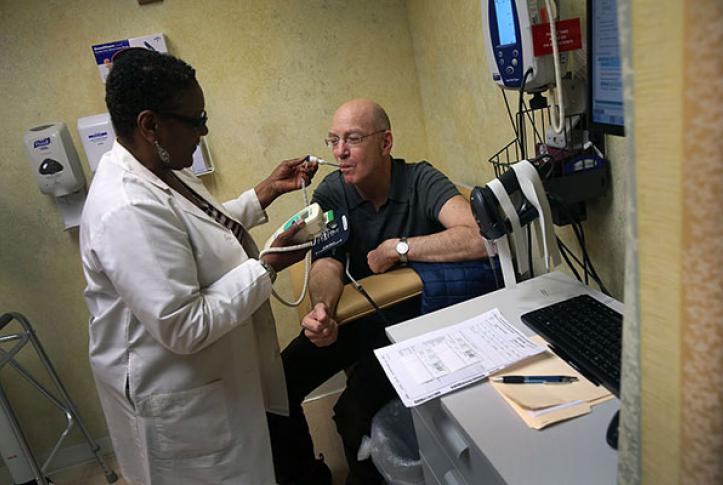The Issue
There is speculation that many poor health outcomes in the United States are related in part to inattention to social factors like housing, nutrition, and education. But according to the Commonwealth Fund’s Roosa Tikkanen and Eric Schneider, M.D., the U.S. — despite high levels of spending devoted to health care — spends a similar percentage of its gross domestic product on social programs as other high-income countries do.
Writing in the New England Journal of Medicine, the researchers suggest that the way the U.S. spends these funds is limiting their impact. The authors used 2015 data from the Organisation for Economic Co-operation and Development to compare what the U.S. devotes to social spending against the average for 27 high-income European countries.
$360 vs. $1,107 Per person spending in the U.S. vs. other countries on benefits like early childhood education and parental leave
What the Study Found
- Despite spending roughly the same per person, the U.S. spent less to support the social needs of younger and working-age populations than did other countries. Per person spending on benefits like early childhood education and parental leave in the U.S. was about one-third of what other countries spent — $360 vs. $1,107.
- The U.S. spent about one-quarter the amount on unemployment benefits for working-age adults as did the other countries ($111 vs. $428). Unemployment benefits in the U.S. replace 6 percent of lost income, compared with an average of 33 percent abroad.
- The U.S. is an outlier in the other direction in the amount it allocates to older populations. The U.S. spent $6,522 per capita on benefits like pensions, home help, and residential services compared with an average $4,268 in the other countries.
The Big Picture
Could the poorer overall health of the U.S. population be the result of fewer funds allocated to assist young and working-age people? The authors believe this low level of spending, combined with relatively high U.S. poverty rates, could be leading to an accumulation of unmet needs and worse health later in life. Meanwhile, higher U.S. spending on its older populations may be “‘too little, too late’ to reverse preventable health problems incurred at earlier ages,” the authors conclude.
The Bottom Line
The United States and other high-income countries spend similar amounts on programs to support people’s social needs. But the U.S. spending mix is different, with more allocated to older populations and less to young and working-age people. This difference could help explain the country’s poorer health outcomes.
